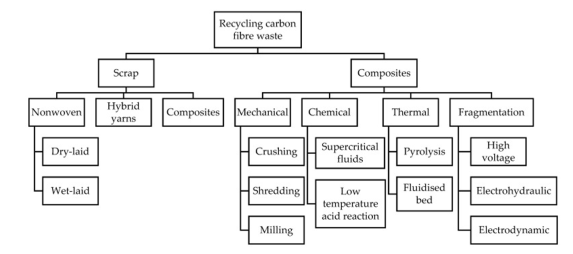We examine the positive impact of carbon fibre and the planet. Learn more with our carbon fibre specialists at CCUK
Let’s address the elephant in the room. Carbon fibre and the planet haven’t always had a harmonious relationship; in fact, the production of carbon fibre-reinforced polymer products was pulled apart in past years.
We can’t pretend that carbon fibre has always had a good impact on our industry’s environmental footprint – or at least, the manufacture of it hasn’t. But, like every other commercial product, carbon fibre is changing quickly all the time, and for the better. In this blog, we examine the (now) positive links between the use of carbon fibre and the planet.
Why carbon fibre takes its toll on the environment
The original production of carbon fibre-reinforced polymers (or as we call them, CFRPs) was not historically kind to the environment. We’re not completely there, but processes are getting better.
Here’s why CFRPs were not environmentally friendly in decades past:
❌Carbon fibre is made up of chains of carbon atoms fused together; it uses a mass of energy to produce – 14 times the energy production of steel
❌During production, carbon fibre emitted greenhouse gases
❌Usually, one-third of carbon fibre sheets are left unused after being trimmed down
❌Historically, carbon fibre couldn’t be recycled easily so it took up precious space in landfill
Learn more about this topic in our recent blog: From Strength to Sustainability: Unravelling Carbon Fibre’s Environmental Impact.
Reasons why carbon fibre is improving our environmental footprint
In 2023, the use of CFRPs is proving to be a different story. Carbon fibre-reinforced polymer products have a lower environmental impact than other lightweight materials with similar uses – like fibreglass.
✔️Today, the production of CFRPs is being analysed globally
✔️CFRPs are recyclable and reusable
✔️As of 2022, only 30% of carbon fibre ended up in landfill. This percentage will continue to lower.
✔️Researchers reckon that carbon fibre recycling could lead to a 90-95% reduction in co2 emissions compared to the manufacturing of other, similar products.
✔️CFRPs are also set to maintain 90% of their superstar original properties (like high tensile strength), even after they’re recycled multiple times. Impressive!
✔️In vehicles, carbon fibre-reinforced polymers are used to decrease fuel consumption.
Is carbon fibre recyclable? Ways of recycling carbon fibre before they are used as reinforced polymers (CFRPs)
Most analysts agree that annual demand for carbon fibre could surpass current annual production capacity within the next few years. This is where recycling comes in handy. There are several ways of recycling carbon fibre in today’s climate.
Recycling of carbon fibre composites: current methods
- Regrinding
- Solvolysis
- Pyrolysis
- Recycled carbon fibre damping
Categories of carbon fibre recycling
- Chemical
- Thermal
- Mechanical
Although much of the fibres are preserved and can be reused, some waste materials are left over after carbon fibre recycling. Types of fibre waste currently include:
- Bobbin ends
- Offcuts
- Ply cutting
- Pre-peg waste
- Trimmings
- Bonded resin
There are two main types of carbon fibres that can currently be recycled These are:
- Virgin carbon fibre offcuts
- The reclamation of fibres from carbon fibre-reinforced composites
Now that multiple ways of recycling of carbon fibres is possible – the industry now has to focus on improving the quality of the recycled fibres and ensuring they are as close to the virgin fibres as possible. This will aid the usage of recycled fibres over newly produced fibres. We’re all for it!
To conclude: carbon fibre and the planet
The production of carbon fibre has, historically, been bad for the environment. This is being turned on its head by hardworking researchers all over the globe. The use of carbon fibre is improving our industry’s environmental impact in many ways; from choosing carbon fibre over traditional materials like fibreglass to the use of recyclable and reusable fibres. Watch this space – carbon fibre-reinforced composites have a lot to offer the construction industry and beyond!
Learn more about carbon fibre reinforced polymers (CFRPs) – superior strengthening, rehabilitation, and repairs materials
We have a plethora of introductory blogs and guides about carbon fibre reinforced polymers (CFRPs). Simply select a topic below to head straight to the learning area of our website:





